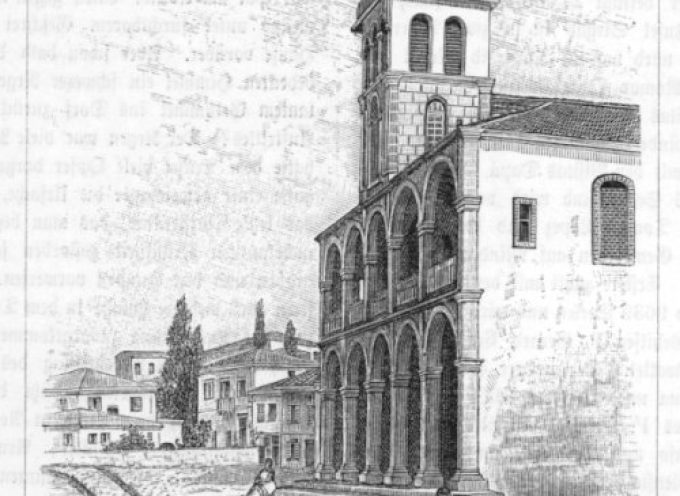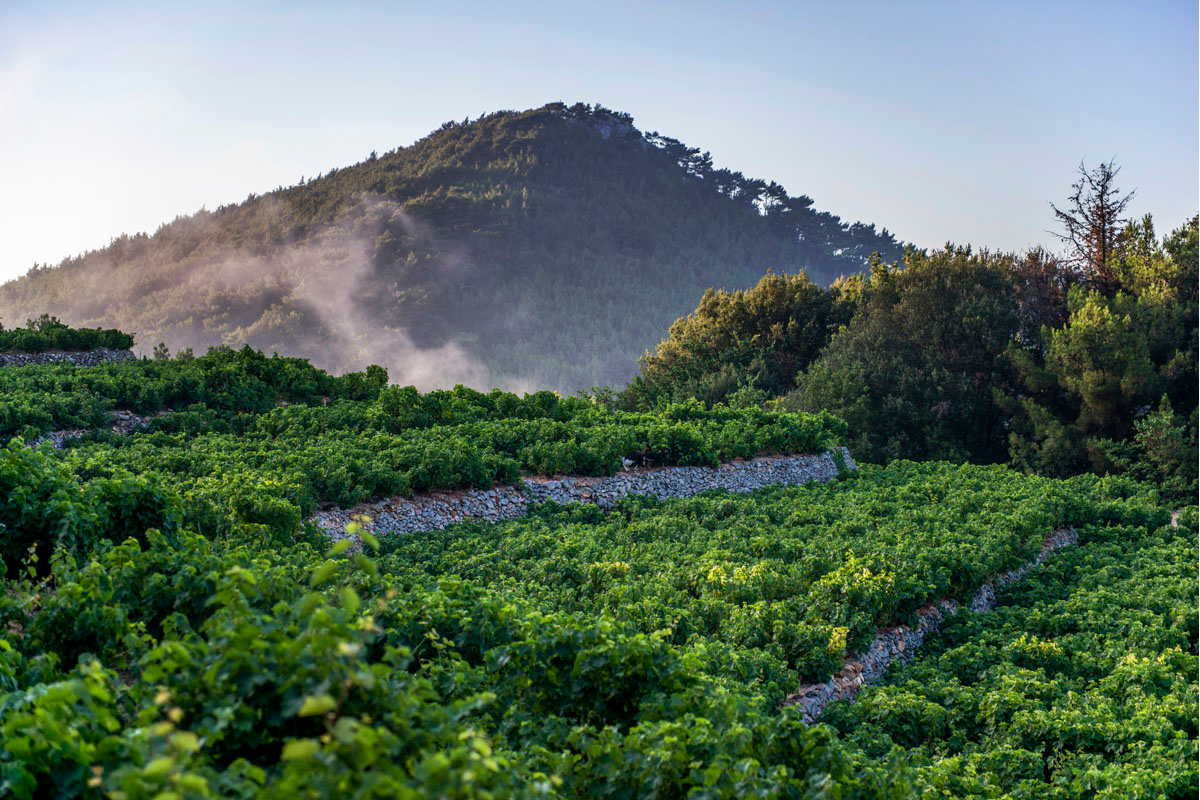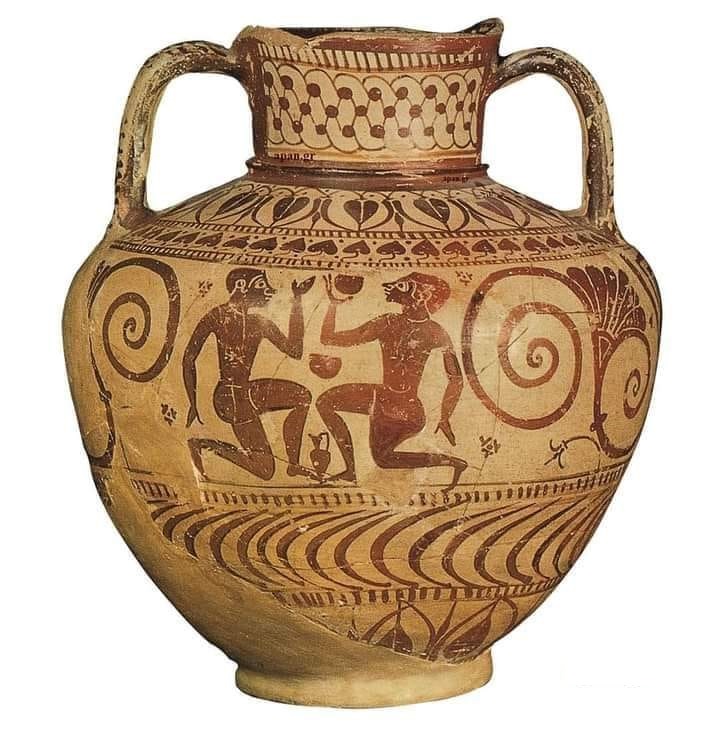The Harvest of Samian Wine in the past years – From the vine to grape reception

The process of harvesting in Samos was laborious but also an occasion for socialization and cooperation. “Hilia goumaria” (a thousand cargos) was the dominant wish that was heard. The recipients of the wishes replied with the words “half yours” or “a thousand wishes to follow you”.
Everyone bent down was picking the grapes and the “kouvalitades” (carriers) were running among the vines, emptying the baskets. The most experienced of all chose the ripest grapes to be placed at the bottom of the sacks, to “get the grade good”. When the “gomari” (cargo) was ready, they loaded it for the first transfer to “Stafylodohos” (grape tanker). The vine-grower shouted to the mule driver, “Ta matia’s tessera, mi xasoumi to grado” (Be careful, not to lose grado). (One gomari was 133 kilos and 14 points.)
When receiving the grapes, the supervisor coordinated the whole process. Workers came and left carrying tools, rolling barrels for must, funnels and scales. The animals loaded with the precious fruit were crowded, forming a long queue. The whining started from the “agogiates” (mule drivers) who wanted to return to take the next “agoi” (ride).
When it was time, they unloaded the grapes and placed them on the scales. The weigher lifting and lowering the “weights” with quick movements weighed them and shouted loudly a name and pounds for the “grafia” (penman) to hear. Then, they emptied the grapes carefully so that the “katsoula” (the mature ones) would not scatter.
A worker would take grapes with a “fork” and put them in the “mastelo”, a wooden container to “step on” them. With quick movements, he melted the grapes, squeezed them well and put the must in the “tsoukos”, a utensil with a sieve in the middle like a strainer, stirred it and filled the “grado”.
The “gradarstis” would calculate the grado and shout the grade. If they did not agree on the grade, they repeated the process up to three times and got the average. All these data were recorded by the penman and he cut the receipt. The receipts were collected by each producer, in order to come to an agreement with the Cooperative later.
The grapes from the “stafylodohi” of each village were loaded on trucks for the Winery of the Union in Malagari. Likewise, the must from the tanks where it was gathered was placed in large barrels that were transported to the winery as soon as possible, so that the boiling would not start. The paths in the villages where the transport was made were cobbled and narrow, so only a single donkey could pass. Of course, priority was given to the loaded ones, so the mule drivers, entering the straits, shouted for the unloaded ones to step aside.
When the harvest ended, the calculations about whether the year went well began. Endless discussions in coffee shops and analyses on analyses. They took the receipts to the Cooperative to agree on the quantities and waiting for the advance payment, which was given around Christmas, was the “event” of the year.







